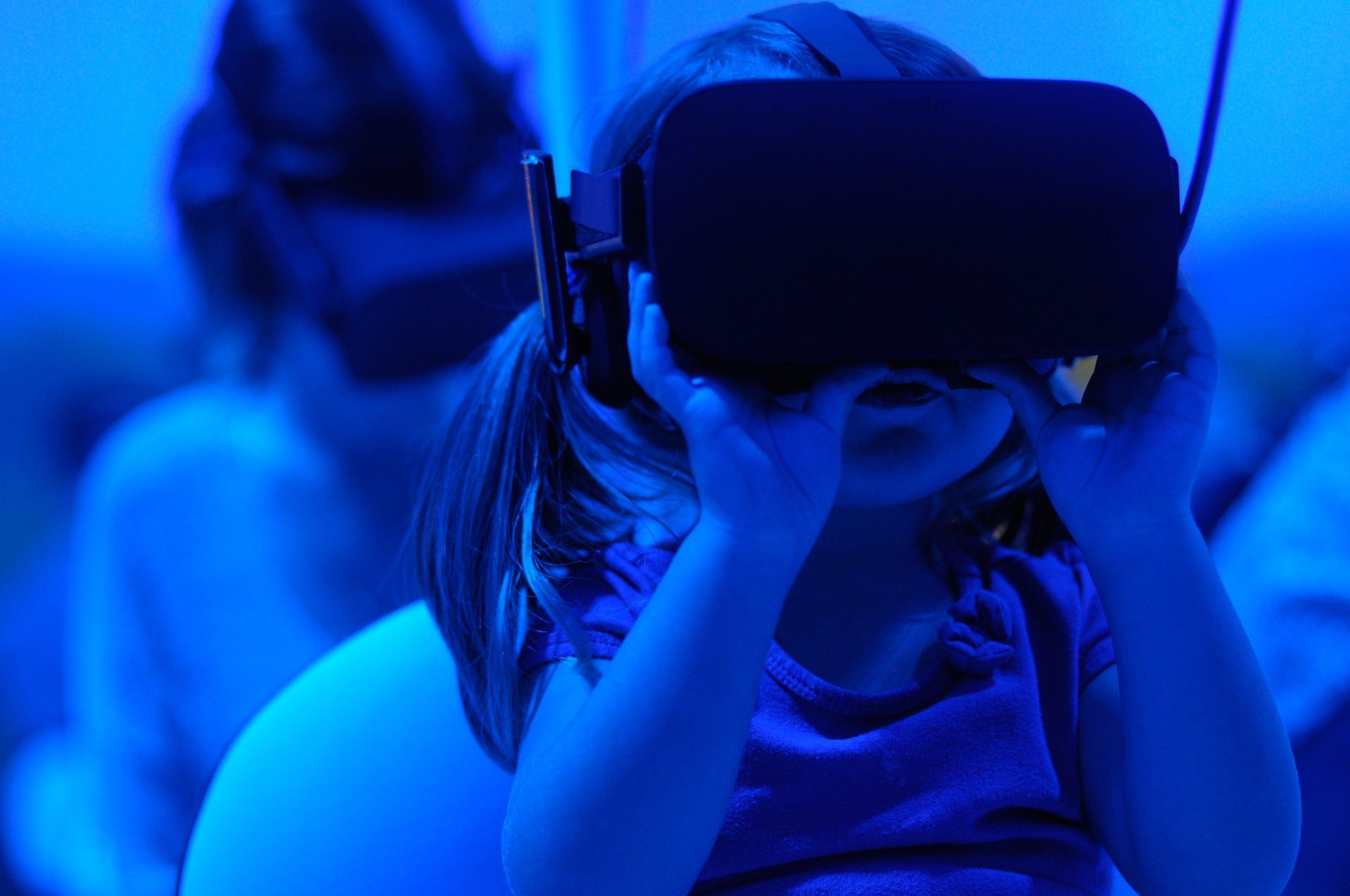Exploring the Realm of Virtual Reality Gaming: A Glimpse into an Immersive Future or Just a Passing Trend?
- 2023-08-04
- 0 Comments

The gaming industry is no stranger to evolution and innovation. From the pixelated simplicity of Pong to the immersive landscapes of today's MMORPGs, the gaming industry has always been at the forefront of technological advancement.
One of the most recent, and arguably the most exciting, developments in this sector is the rise of Virtual Reality (VR) gaming. This technology, which uses headset devices to create a fully immersive, 3D gaming experience, has been hailed as a game-changer, pun intended.
But is this truly the future of gaming or merely a fleeting fascination? This article delves into the promise and potential pitfalls of VR gaming, exploring whether it's destined to become an integral part of the gaming landscape or fade into obscurity.
The Allure of Virtual Reality Gaming
.jpg) There's no denying the allure of VR gaming. The technology promises an unparalleled level of immersion, transporting players into meticulously crafted virtual worlds that feel almost indistinguishable from reality.
There's no denying the allure of VR gaming. The technology promises an unparalleled level of immersion, transporting players into meticulously crafted virtual worlds that feel almost indistinguishable from reality.
The power of VR lies in its ability to blur the line between the virtual and the real, offering gamers an experience that is more intense, interactive, and engaging. It's not just about playing a game anymore; it's about living it. The sensation of physical presence within a non-physical world is a unique experience that traditional gaming platforms simply cannot match. The excitement and novelty of this immersive gaming experience have made VR a popular choice among tech-savvy gamers, driving its initial success in the market.
The Challenges Facing VR Gaming
 However, despite the undeniable appeal of VR, the technology faces several significant challenges. The most obvious of these is the high cost of VR equipment. Top-end VR headsets can be prohibitively expensive, putting them out of reach for many gamers.
However, despite the undeniable appeal of VR, the technology faces several significant challenges. The most obvious of these is the high cost of VR equipment. Top-end VR headsets can be prohibitively expensive, putting them out of reach for many gamers.
Additionally, these systems often require high-end computers or consoles to run, adding to the overall cost. Another major issue is the physical discomfort and health concerns associated with the prolonged use of VR systems. Symptoms like motion sickness, eye strain, and headaches are common complaints among VR users. These challenges have led to slow adoption rates, casting doubt on the long-term viability of VR gaming.
Overcoming the Obstacles: The Future of VR Gaming
 Despite these hurdles, advocates of VR gaming argue that the technology is still in its infancy and that these issues will be resolved as the technology evolves and becomes more accessible. Advances in hardware and software are expected to address health concerns and improve the overall user experience.
Despite these hurdles, advocates of VR gaming argue that the technology is still in its infancy and that these issues will be resolved as the technology evolves and becomes more accessible. Advances in hardware and software are expected to address health concerns and improve the overall user experience.
Similarly, as more players adopt VR, economies of scale should help bring down the cost of VR equipment. The future of VR gaming also holds potential for social interaction and collaborative gameplay, which could further increase its appeal. The convergence of AI and VR could also open up new possibilities, making gaming experiences more dynamic and interactive.
Conclusion: The Verdict on VR Gaming
So, is VR gaming the future or just a fad? The answer, as with many things in technology, may lie somewhere in between. VR gaming certainly has the potential to revolutionize the gaming industry, offering an immersive experience that traditional platforms can't compete with.
However, for VR to truly become mainstream, it needs to overcome its current challenges and prove that it can offer a sustainable and enjoyable gaming experience. Only time will tell if VR gaming can live up to its promise and truly transform the world of gaming, or if it will be remembered as just another technological curiosity.






Leave a comment